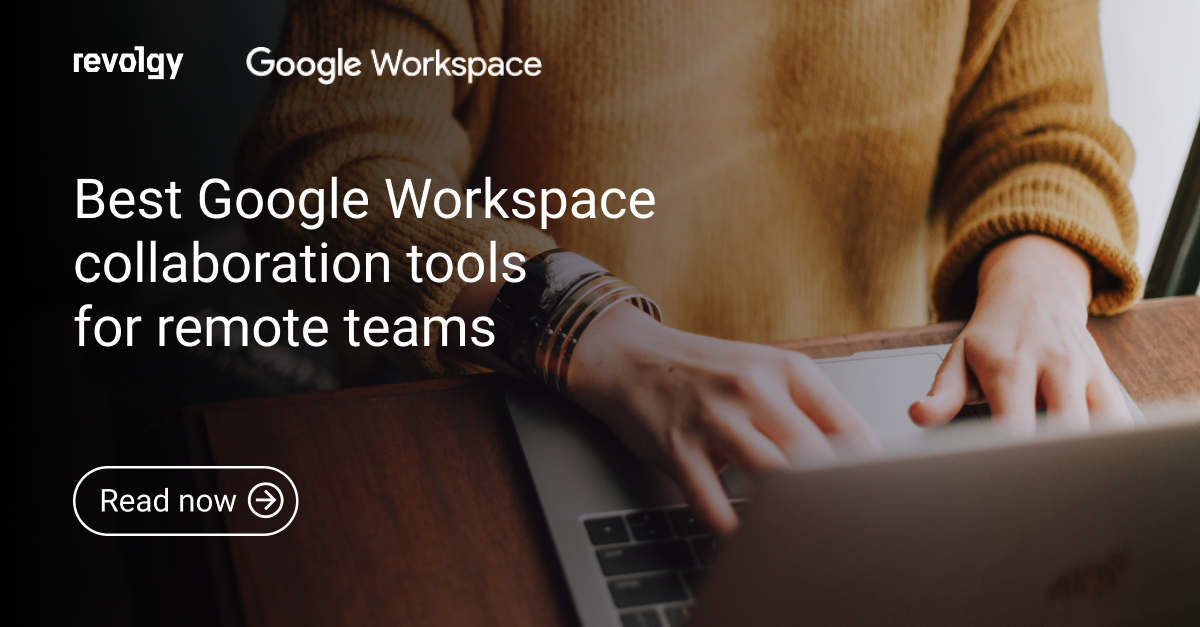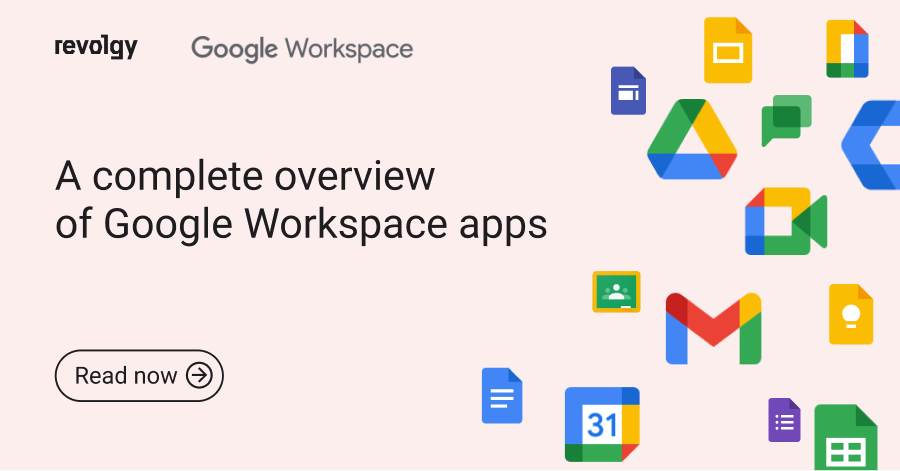Google Workspace
How to collaborate with companies not on Google Workspace
Collaborating with companies that use different productivity solutions can be a challenge, but with the right approach, it can be seamless and productive. In this guide, we will explore various communication channels, document sharing and collaboration methods, security considerations, and privacy measures to help companies using Google Workspace collaborate effectively with external partners.
Communication channels
When dealing with external partners that are not on Google Workspace, it’s crucial to find common ground. Email, for instance, remains universal and is platform-independent. Consider video conferencing solutions like Google Meet, compatible across multiple platforms and accessible via a simple browser link, making real-time communication possible with partners regardless of their tech stack.
Communicating via email with companies outside of Google Workspace requires no specific steps. Email remains a universal and reliable method of communication.
Chat
Google Chat is accessible only to users with a Google Account. Non-Google Workspace users can participate in chats if they have a Google Account that ends with @gmail.com or a non-Gmail Google Account. Here’s more information on chatting with external users.
Calendar
Google Calendar allows scheduling events and inviting users regardless of whether they have a Google Account or not.
Share your calendar with others to let them see your free time or scheduled events. You have the following options to choose what details of scheduled events they can see on your calendar:
- See only free/busy
- See all event details
- Make changes to events
- Make changes to events and manage sharing
Refer to the detailed guide on privacy settings for Google Calendar.
Meetings / Videoconferences
The videoconferencing tool Google Meet allows non-Google Workspace users to participate in online calls. Guests can join meetings through scheduled events or meeting links. Admin settings may require approval to admit external participants when they want to join the meeting.
Document sharing and collaboration
Google Drive offers the option to share documents, spreadsheets, and presentations via shareable links. These shareable links are incredibly versatile — anyone with a link can view, comment, or edit the document based on the permissions you set.
Whether it’s View Only, Comment, or Edit, you control the access level. Furthermore, you can update these permissions anytime, ensuring continual control over who can interact with your files.
Google Drive folder sharing
To share a Google Drive folder with non-Gmail users, ideally, create a dedicated folder and keep there all the documents that you will be collaborating on with external partners. Grant them access only to this folder either by:
- selecting “General access” to “Anyone with the link” and setting the user as a Viewer, Commenter, or Editor. We do not recommend it for its low-security level as you are granting access literally to anyone with the link.
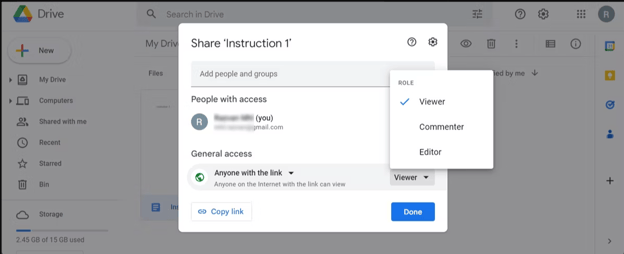
- sharing the folder with individual email addresses and choosing the appropriate editing rights. Consider using email groups to share multiple email addresses across multiple files and folders efficiently.
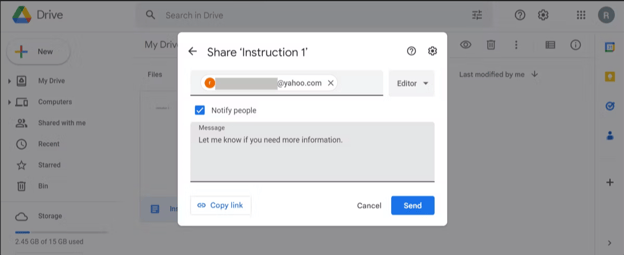
For extra security, for example, when sharing sensitive files, you can prevent people from downloading, printing, or copying them.
You can also set an expiration date on files so external partners or agencies can no longer access them once a project ends. You can easily do this for files in My Drive; however, this feature is not yet available for files in shared drives.
To set an expiration date and time, open the file and click Share. Click the Down arrow next to the name of the person you want to share the file with and then Add expiration. Click Send to accept the 30-day expiration period or adjust it by clicking on the Edit symbol. Alternatively, you can remove the expiration by clicking the Delete symbol.
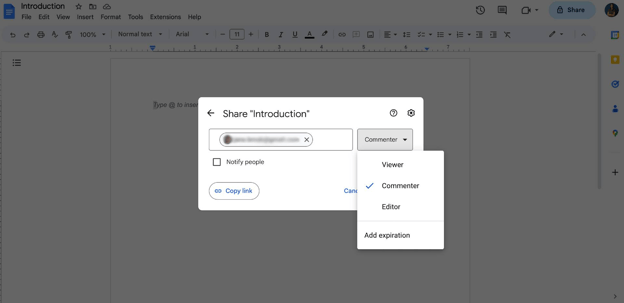
Document sharing
Share Drive files or folders with non-Google Account users by sharing the file with their email addresses. Non-Google Account users receive an email invitation to collaborate on the shared file or folder after signing in with a PIN. Users can view, comment on, suggest edits, and directly edit files and folders.
Document editing
You can share all the files stored on Drive with anyone in the same way as folders.
People who don’t have a Google Account get an email invitation (with a PIN) to collaborate on the shared file. After people sign in with the PIN, they can view, comment, suggest edits, and directly edit files and folders.
To be able to share files outside of your organization, make sure that you have allowed the Visitor sharing option within your Admin account.
Depending on the type of collaboration and your role, you may create or receive documents from sources other than Google Workspace Suite.
- If you’re creating Google Docs or sharing files on Drive, anyone can access the files based on the permissions granted. As described above.
- If you’re working on documents, spreadsheets, or presentations not in Google format, you can import them into Docs, Sheets, or Slides. You can then edit them in their original format or convert them to Google format. For example, you can convert a Word file to Docs and edit and annotate it simultaneously with your team. If the file contains comments or tracked changes, they are converted to comments and suggestions in Docs.
Watch a Google Workspace video on working seamlessly in Microsoft Office files with Google Drive:
- In Google Workspace, you can work on Office files even if you don’t have Office. You can edit Office files in Chrome or Chromebook or convert files to Google formats.
- Share Google Docs editor files in Office format. If the person you work with uses Office, you can send them a copy of your Docs, Sheets, and Slides files in Office format. For example, you can create a file in Docs and email it to someone as a Microsoft Word file.
- Comment on Office files from Drive. You can annotate Office files, Adobe PDF files, and other files directly from Drive. People you work with can reply, even if they don't use Google Workspace. For example, if a coworker opens a file using Word, they'll see your comments in the file and can reply.
Security and privacy considerations
Google Workspace offers numerous safety measures to protect your data. Whenever you share a document, you can decide the level of access the recipient gets. Also, Google Workspace has built-in phishing protection and spam filtering to safeguard your communications.
Grant access carefully
Ensure access is granted only to the necessary folders, files, and documents. Follow security checklists for Google Workspace Admins to ensure proper configuration.
Trusted domains and domain allowlist
Consider implementing trusted domains or domain allowlists to enhance security and limit access to authorized parties.
Privacy measures
When sharing documents or engaging in conversations, use the incognito or guest mode to ensure your browser history, cookies, or site data aren’t saved. You can also utilize Google’s two-factor authentication (2FA) to add an extra layer of security to your account, mitigating the risk of unauthorized access.
Working with companies not on Google Workspace requires extra caution and using security settings and sharing options. Following the steps outlined in this guide, companies can streamline their collaboration efforts and ensure effective communication, document sharing, and data security with external partners.
Are you interested in finding out more about the benefits of Google Workspace? Reach out to us for a free consultation.


